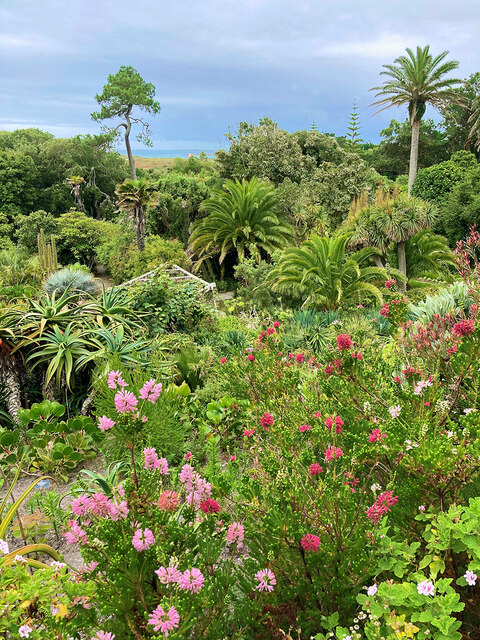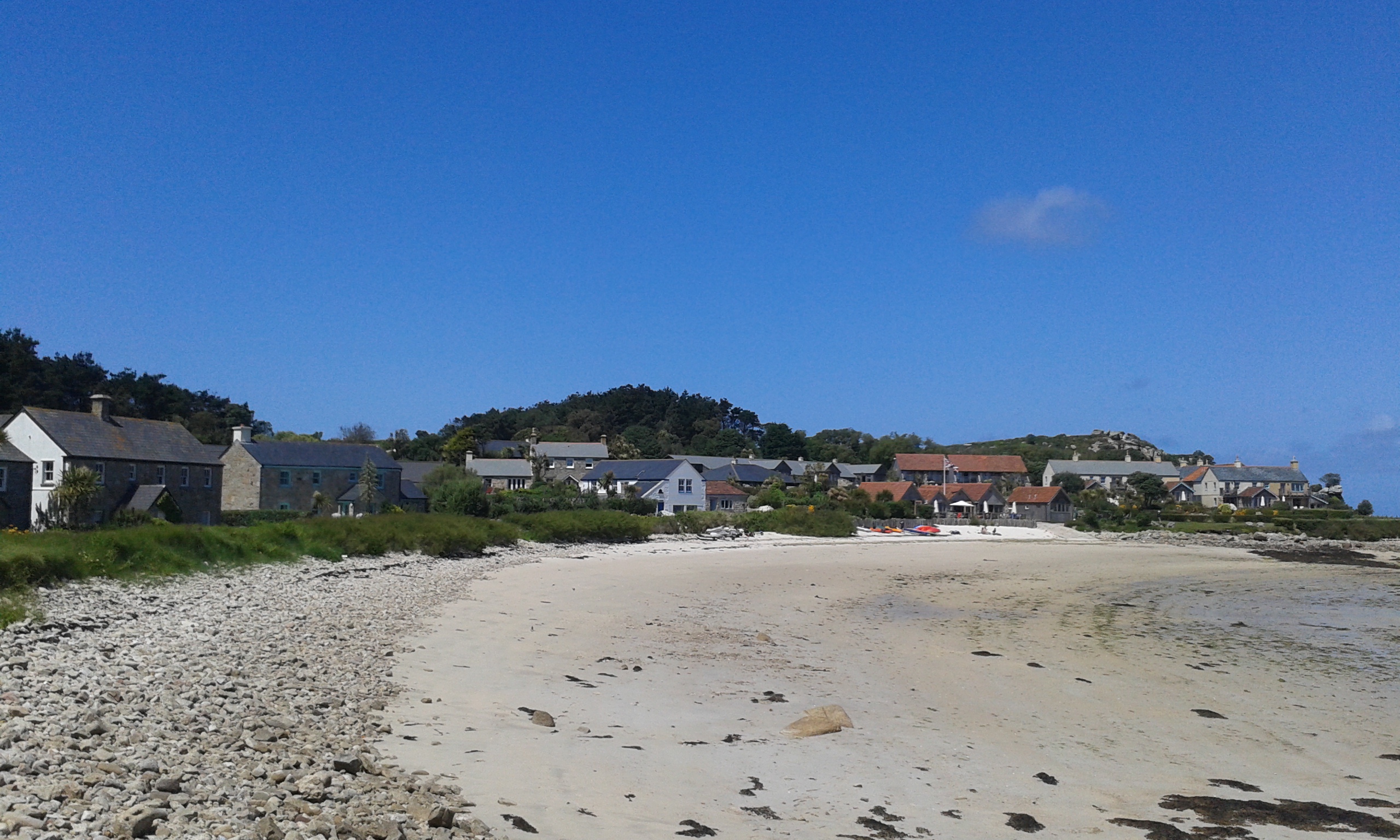Chinks
Island in Cornwall
England
Chinks
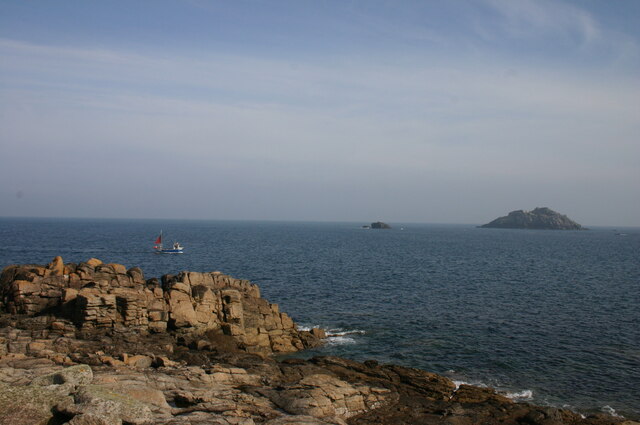
Chinks is a small island located off the coast of Cornwall, England. It is situated in the Celtic Sea, approximately 500 meters from the mainland and is part of the Isles of Scilly archipelago. With an area of just 0.02 square kilometers, Chinks is one of the smallest islands in the group.
The island is characterized by its rocky coastline, jagged cliffs, and beautiful sandy beaches. It is a popular destination for tourists, particularly those seeking a tranquil and secluded escape. Chinks offers stunning panoramic views of the surrounding sea, making it a favorite spot for nature enthusiasts and photographers.
Chinks is uninhabited, lacking any permanent residents or structures. Its natural landscape remains largely untouched, providing a haven for various bird species including cormorants, gulls, and puffins. The island also features a diverse range of flora, with wildflowers and grasses covering its rocky terrain.
Access to Chinks is limited, with visitors often reaching the island by boat or kayaking from the nearby St. Martin's Island. Due to its small size and lack of facilities, visitors are advised to bring their own supplies and take proper precautions for safety.
Chinks holds historical significance, as remnants of prehistoric settlements have been found on the island. Archaeological excavations have discovered evidence of human activity dating back thousands of years, including stone tools and pottery fragments.
In summary, Chinks is a picturesque and remote island off the coast of Cornwall, offering breathtaking natural beauty and a glimpse into the region's ancient history.
If you have any feedback on the listing, please let us know in the comments section below.
Chinks Images
Images are sourced within 2km of 49.958781/-6.3141435 or Grid Reference SV9015. Thanks to Geograph Open Source API. All images are credited.













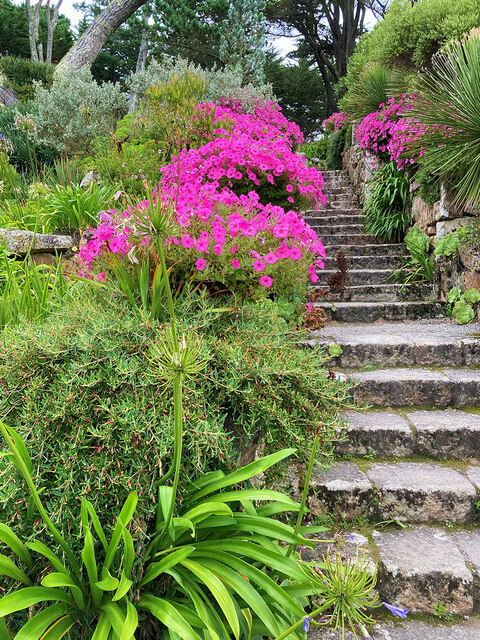
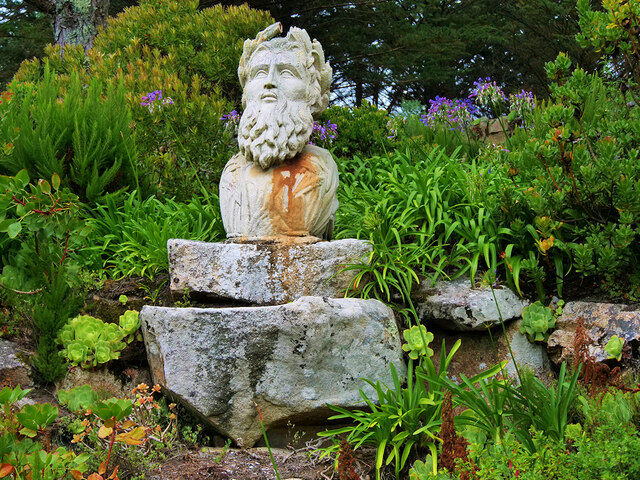
Chinks is located at Grid Ref: SV9015 (Lat: 49.958781, Lng: -6.3141435)
Division: Isles of Scilly
Unitary Authority: Isles of Scilly
Police Authority: Devon and Cornwall
What 3 Words
///impresses.sheet.racing. Near Tresco, Isles of Scilly
Nearby Locations
Related Wikis
Old Blockhouse
The Old Blockhouse, also known as the Dover Fort, is a 16th-century fortification on the island of Tresco in the Isles of Scilly. It was built between...
Teän
Teän ( TEE-ən, sometimes written Tean without the diaeresis; Cornish: Enys Tian) is an uninhabited island to the north of the Isles of Scilly archipelago...
Lower Town, Isles of Scilly
Lower Town (Cornish: Trewoles) is the westernmost settlement on the island of St Martin's in the Isles of Scilly, England. One of the island's two quays...
Old Grimsby
Old Grimsby (Cornish: Enysgrymm Goth) is a coastal settlement on the island of Tresco in the Isles of Scilly, England. It is located on the east side of...
Have you been to Chinks?
Leave your review of Chinks below (or comments, questions and feedback).

